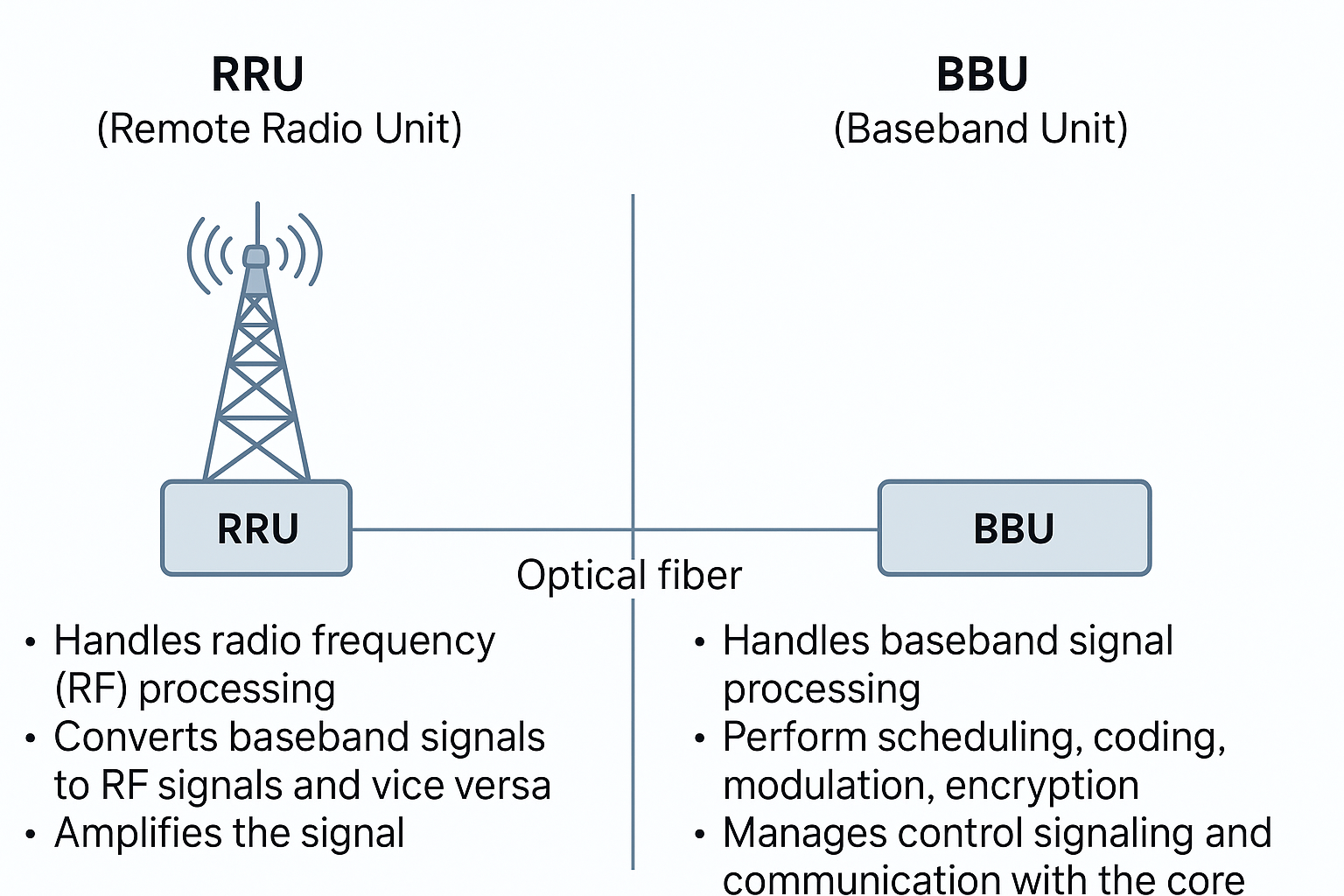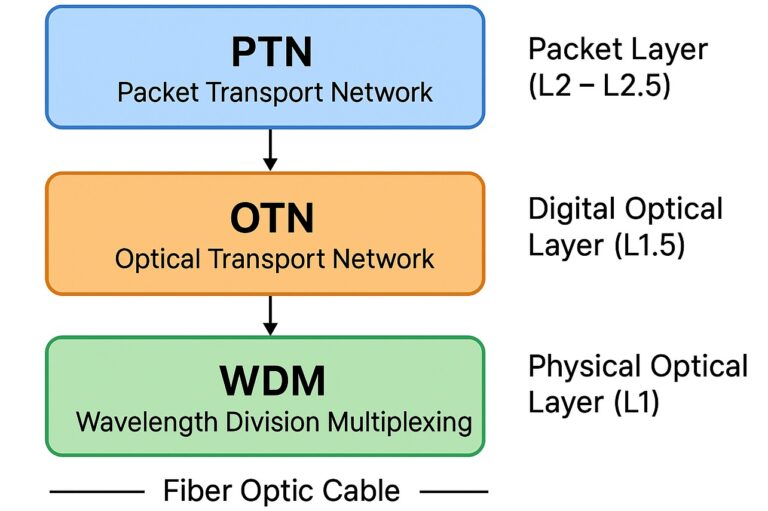MC-LAG, or Multi-Chassis Link Aggregation Group, is a type of link aggregation group (LAG) with constituent ports that terminate on separate chassis, primarily for the purpose of providing redundancy in the event one of the chassis fails. The IEEE 802.1AX-2008 industry standard for link aggregation does not mention MC-LAG, but does not preclude it. Its implementation varies by vendor; notably, the protocol existing between the chassis is proprietary.
In 2012 the IEEE created a standardized alternative to MC-LAG in IEEE 802.1aq (Shortest Path Bridging).
VTEP
Each VTEP function has two interfaces: One is a switch interface on the local LAN segment to support local endpoint communication through bridging, and the other is an IP interface to the transport IP network.Nov 6, 2013
OSPF
Open Shortest Path First (OSPF) is a routing protocol for Internet Protocol (IP) networks. It uses a link state routing (LSR) algorithm and falls into the group of interior gateway protocols (IGPs), operating within a single autonomous system (AS). It is defined asOSPF Version 2 in RFC 2328 (1998) for IPv4.
VXLAN
Virtual Extensible LAN (VXLAN) is a proposed encapsulation protocol for runningan overlay network on existing Layer 3 infrastructure. An overlay network is a virtual network that is built on top of existing network Layer 2 and Layer 3 technologies to support elastic compute architectures.
VRF
Virtual routing and forwarding (VRF) is a technology included in IP (Internet Protocol) network routers that allows multiple instances of a routing table to exist in a router and work simultaneously.;
BGP – Boarder Gateway Protocol
Internal and External BGP. Internal BGP (IBGP) is a BGP peering relationship between routers in the same autonomous system. External BGP (EBGP) is a BGP peering relationship between routers in different autonomous systems.
BFD – Bidirectional Forwarding Detection
„There are several advantages to implementing BFD over reduced timer mechanisms for routing protocols:
• Although reducing the EIGRP, IS-IS, and OSPF timers can result in minimum detection timer of one to two seconds, BFD can provide failure detection in less than one second.
• Because BFD is not tied to any particular routing protocol, it can be used as a generic and consistent failure detection mechanism for EIGRP, IS-IS, and OSPF.
• Because some parts of BFD can be distributed to the data plane, it can be less CPU-intensive than the reduced EIGRP, IS-IS, and OSPF timers, which exist wholly at the control plane.“
https://www.networkworld.com/article/2222648/cisco-subnet/bidirectional-forwarding-detection–bfd—-a-beginning-and-an-introduction——-.html
VNF – Virtualized Network Function
In a Network Functions Virtualization architecture, a virtualized network function, orVNF, is responsible for handling specific network functions that run in one or more virtual machines on top of the hardware networking infrastructure, which can include routers, switches, servers, cloud computing systems and more.
IGP – An interior gateway protocol is a type of protocol used for exchanging routing information between gateways (commonly routers) within an autonomous system (for example, a system of corporate local area networks).
LACP is the standards based protocol used to signal LAGs. It detects and protects the network from a variety of misconfiguration, ensuring that links are only aggregated into a bundle if they are consistently configured and cabled
SR-IOV allows a device, such as a network adapter, to separate access to its resources among various PCIe hardware functions. These functions consist of the following types: A PCIe Physical Function (PF). This function is the primary function of the device and advertises the device’sSR–IOV capabilities.


